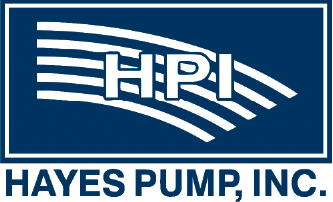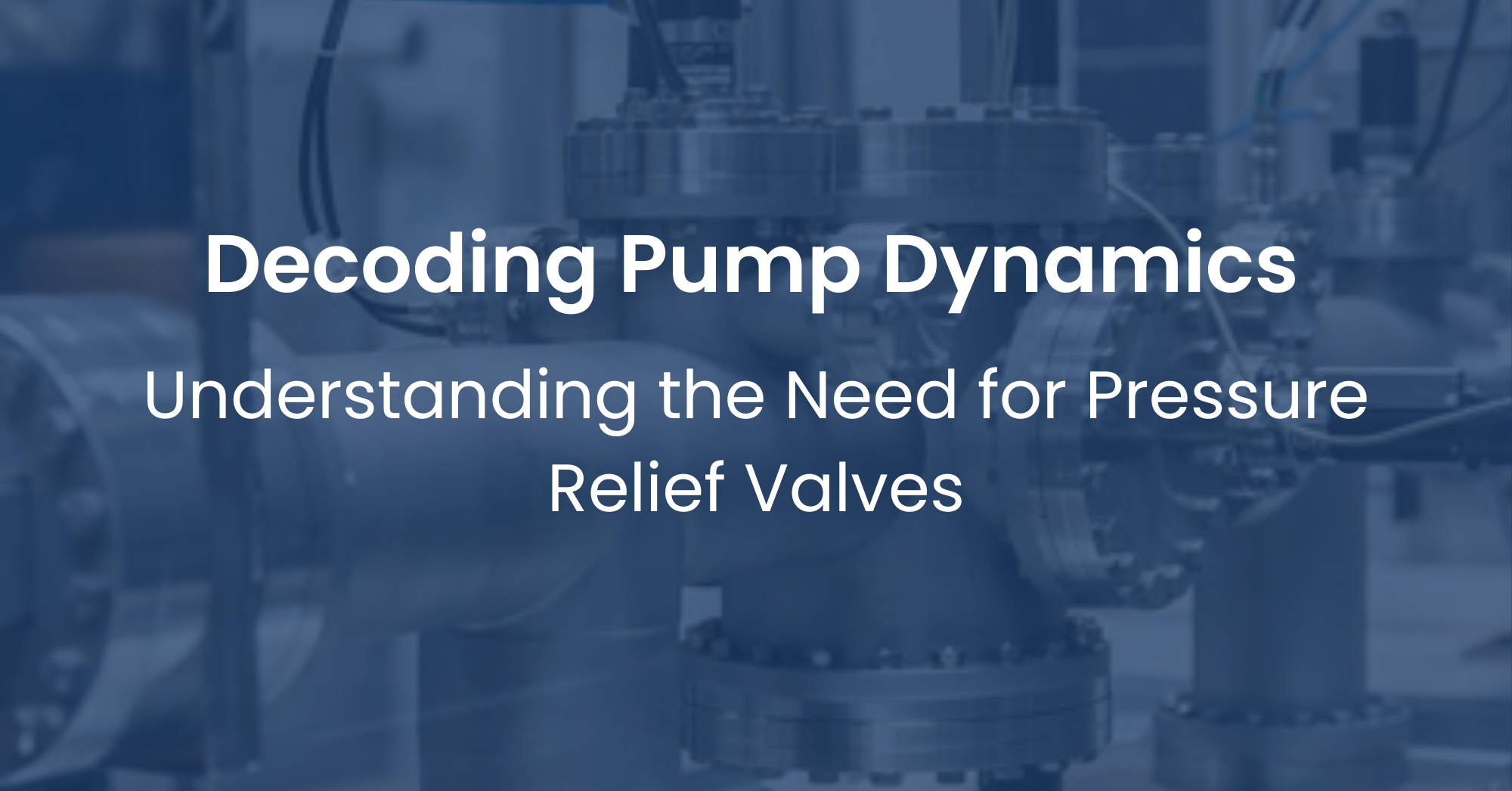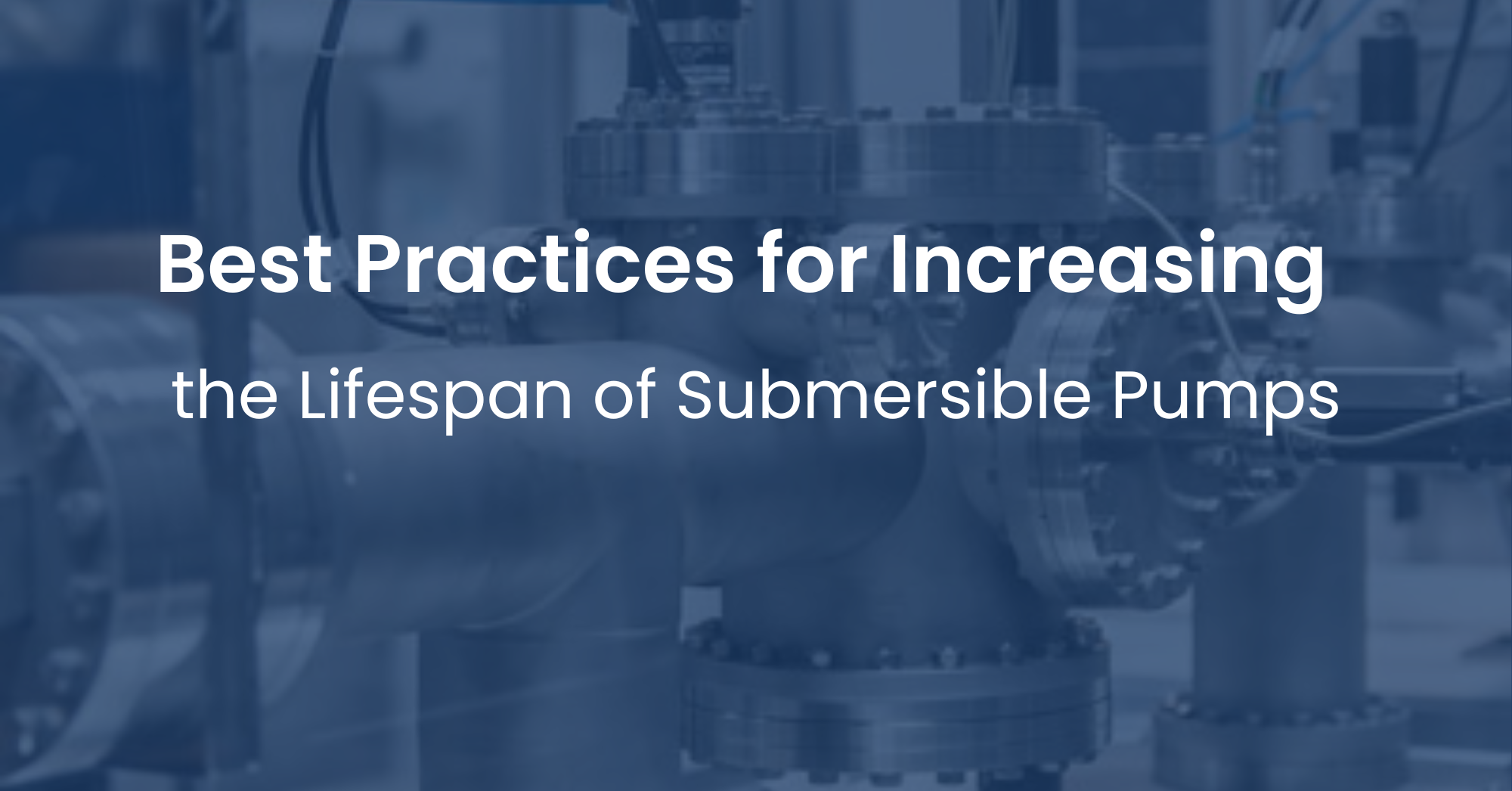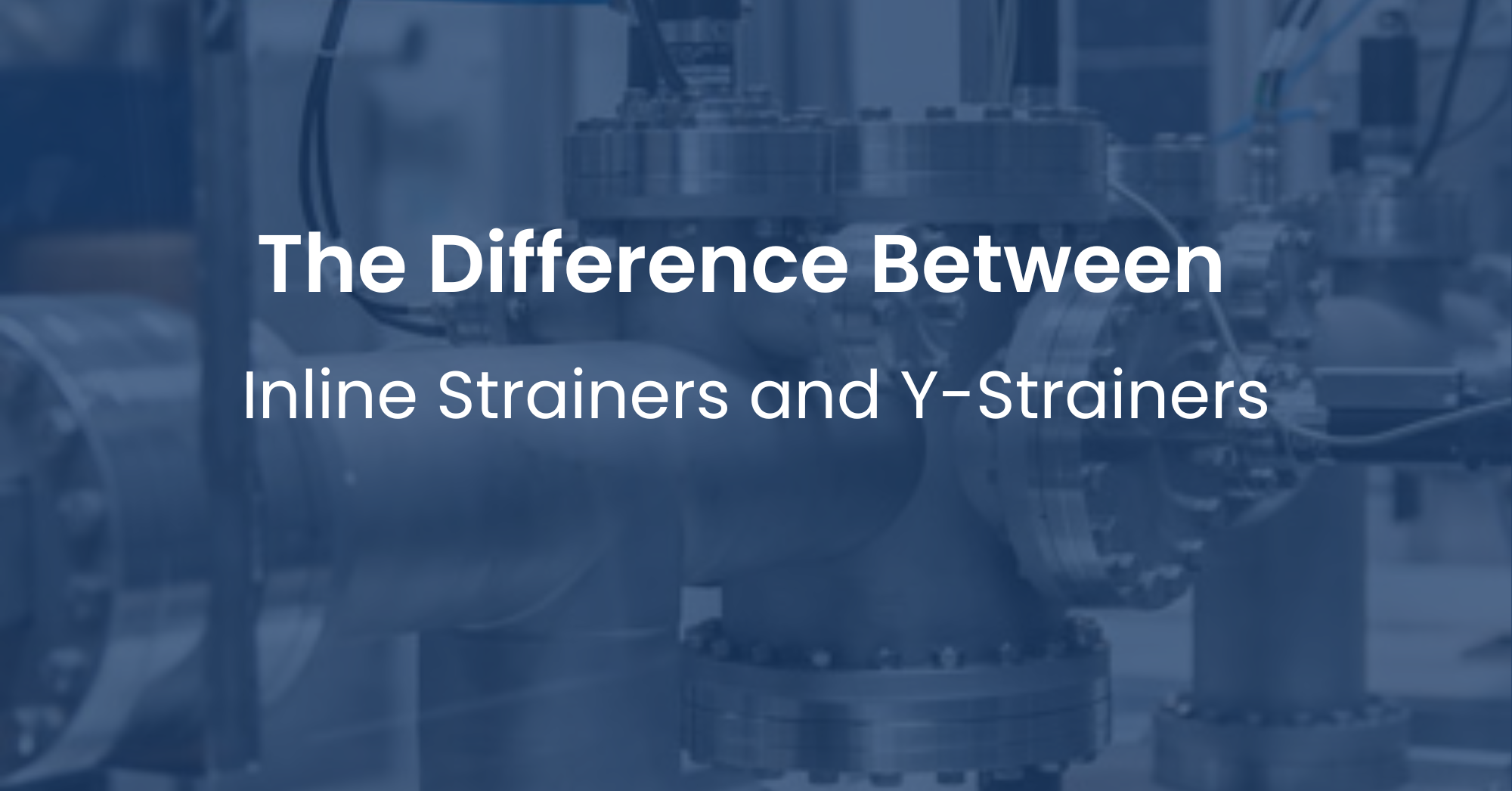Decoding Pump Dynamics: Understanding the Need for Pressure Relief Valves
Pressure relief valves are crucial safety devices in pumping systems, preventing catastrophic failures by maintaining safe pressure levels. These valves automatically open at a set pressure point to release excess pressure until it returns to a safe level. Various industries use them to avoid disasters, especially in high-pressure systems like chemical processing, oil and gas, pharmaceuticals, and water treatment. Failing to control pressure can lead to environmental damage, equipment issues, and harm to workers. Check valves also play a role in ensuring pump system safety. Let's explore the differences between check valves and pressure relief valves in different pumping systems.





-2.png)
-Jun-10-2024-07-59-18-9056-PM.png)

-1.png)
-Apr-05-2024-05-47-54-5422-PM.png)


-3.png)
